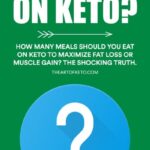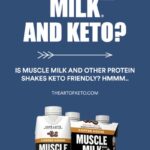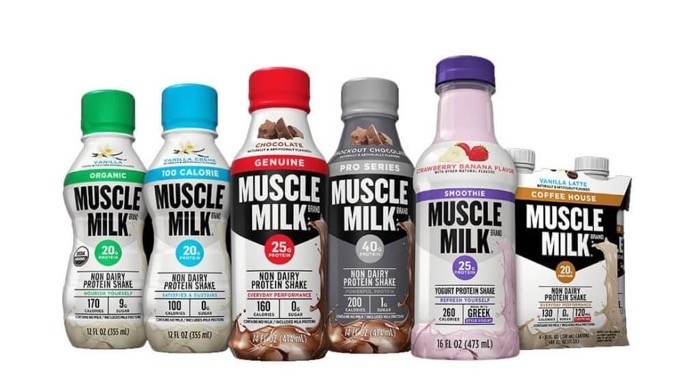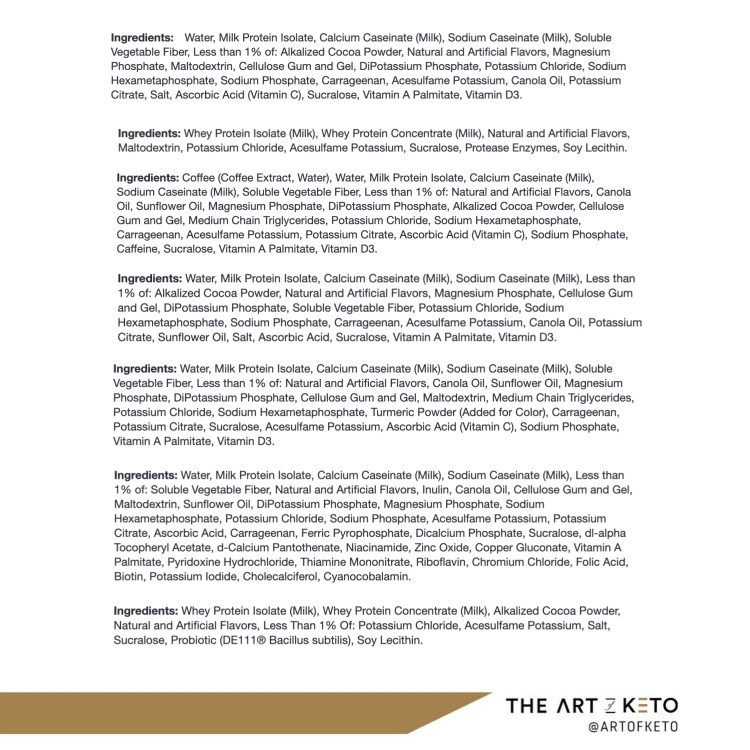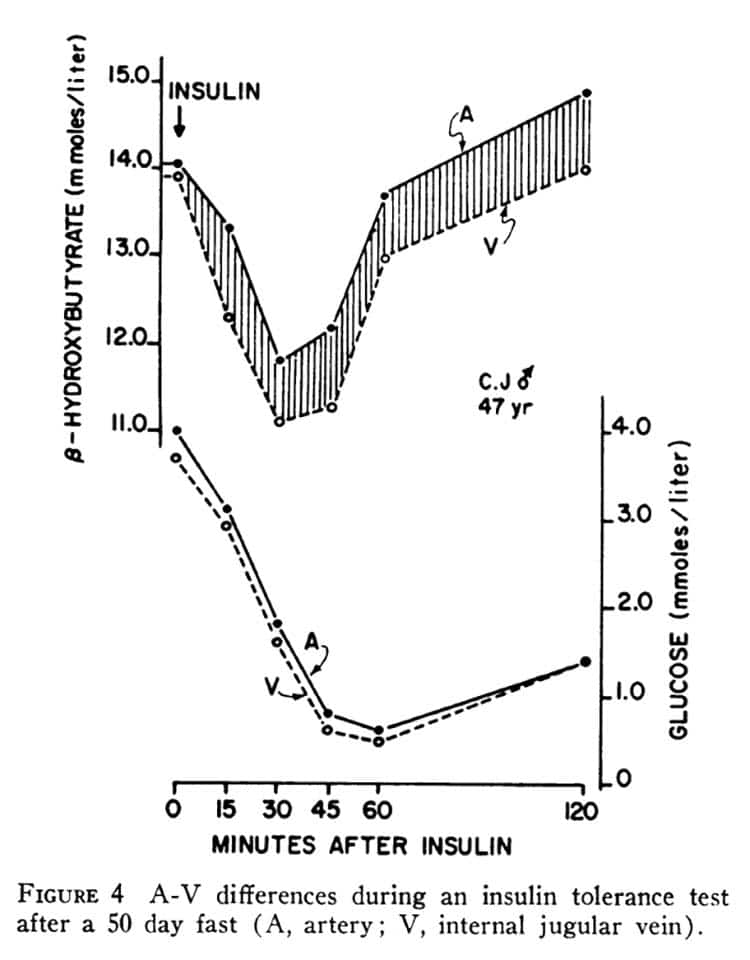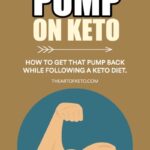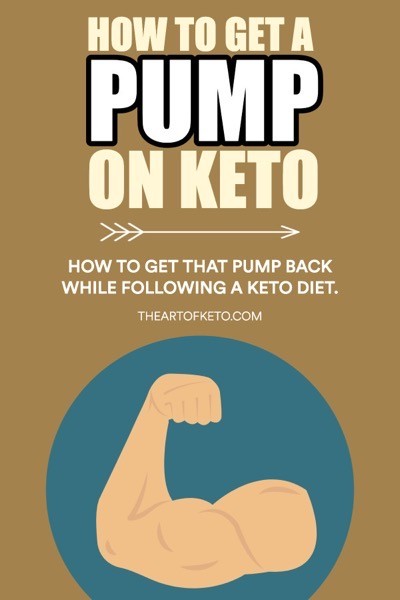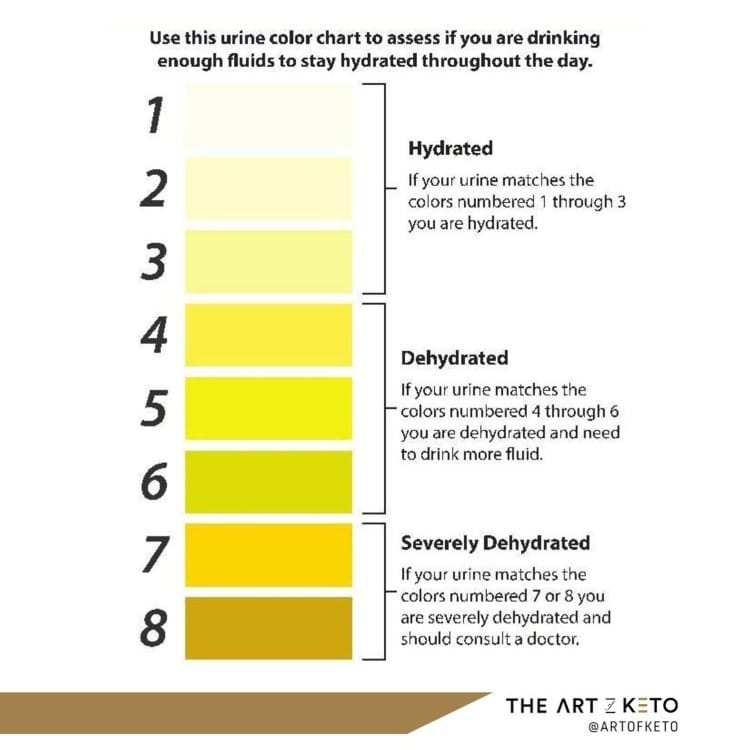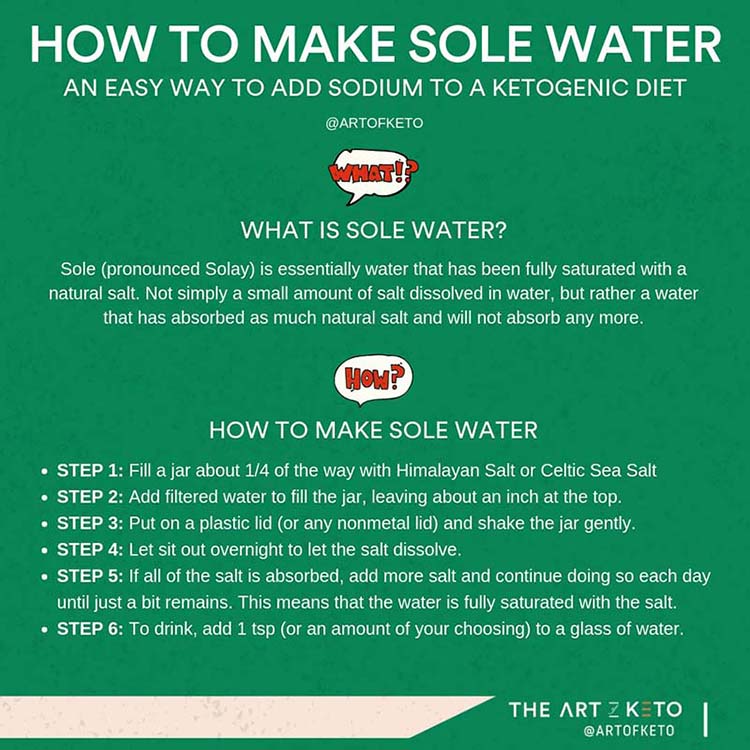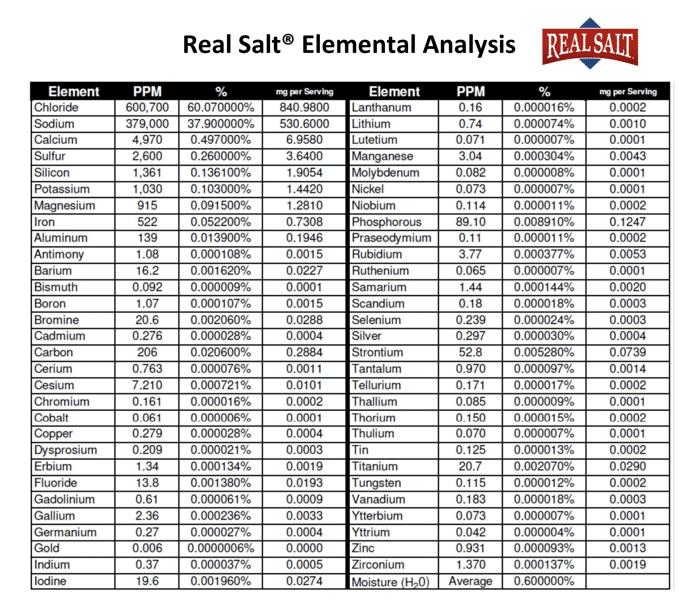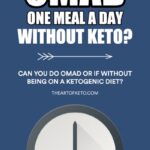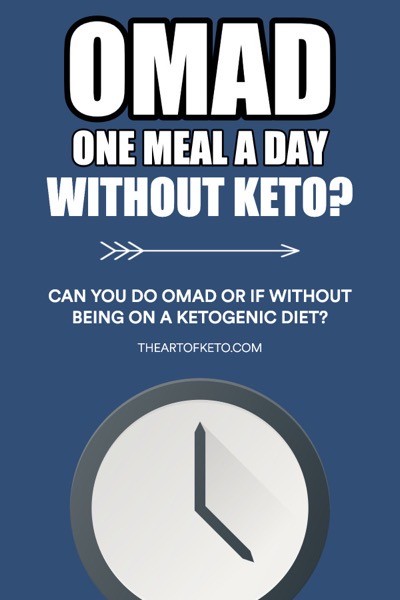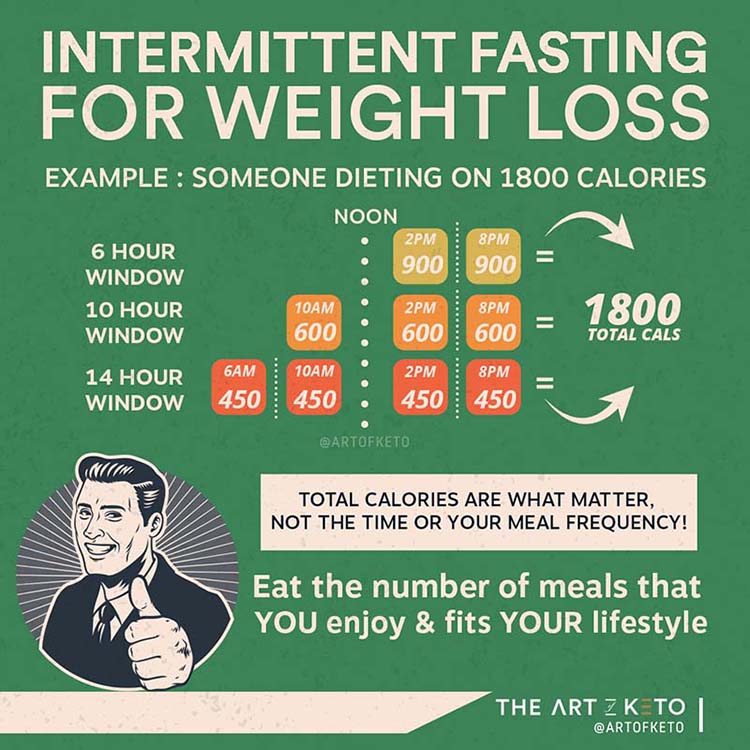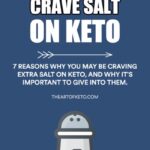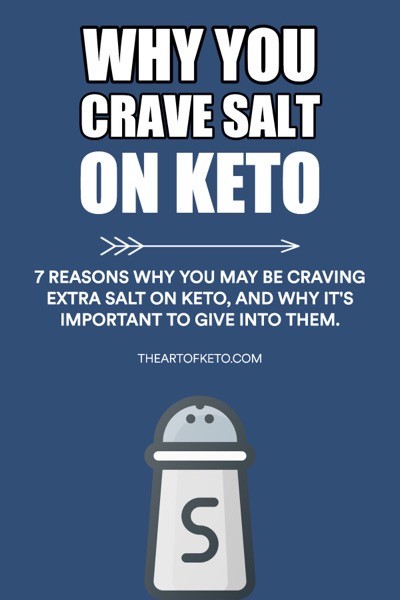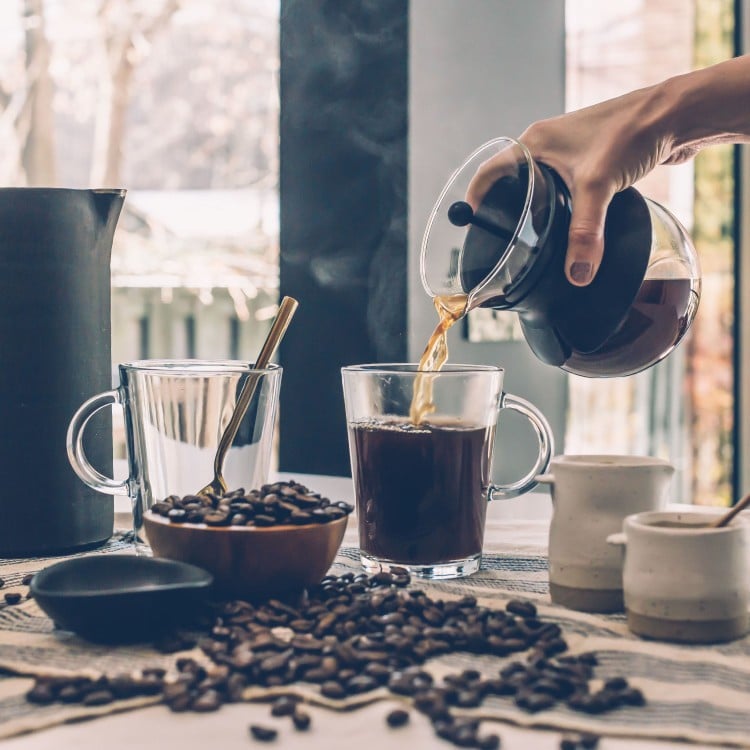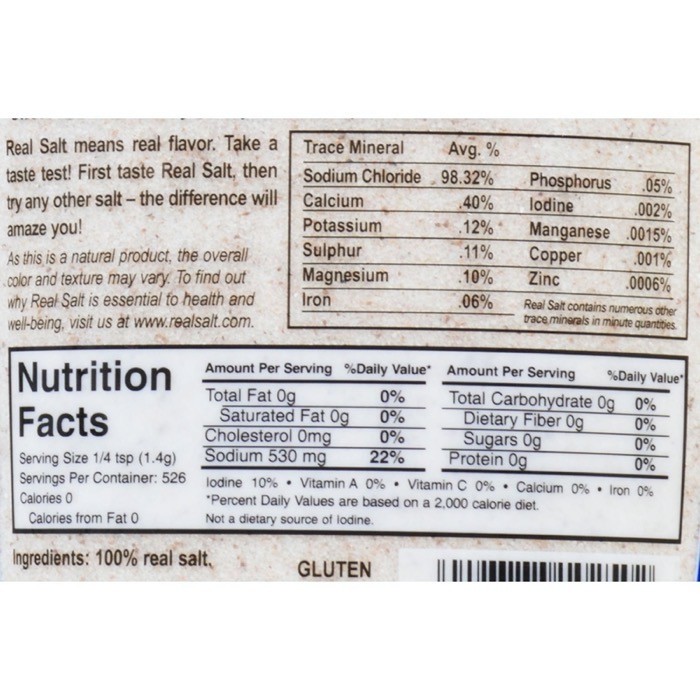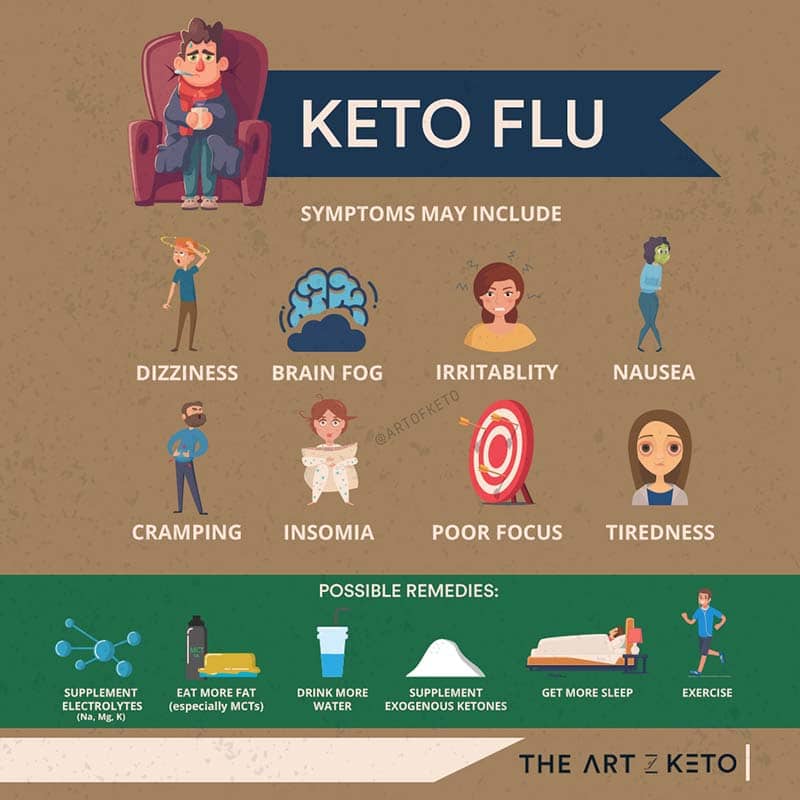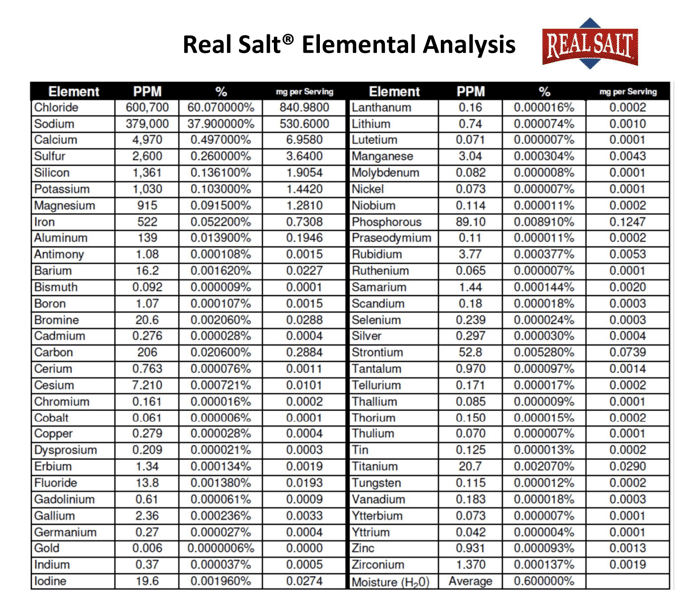How often people should eat to lose weight or gain muscle has been a frequently debated and confusing topic.
When I first started focusing on my health and weight way back when the message was, “eat 6 small meals a day to stoke your metabolism.” Now, intermittent fasting has people eating as little as one meal a day (OMAD).
Quite confusing if you ask me.
How many meals should you eat on keto? When it comes to weight loss or muscle gain, how many meals you eat per day should be based on preference and lifestyle, with science showing no meaningful difference as long as calories and protein are equated.
In this article, I'm going to dive a bit deeper on meal frequency, metabolism, how many times you should eat per day for weight loss versus muscle gain, and dispel a few myths along the way.
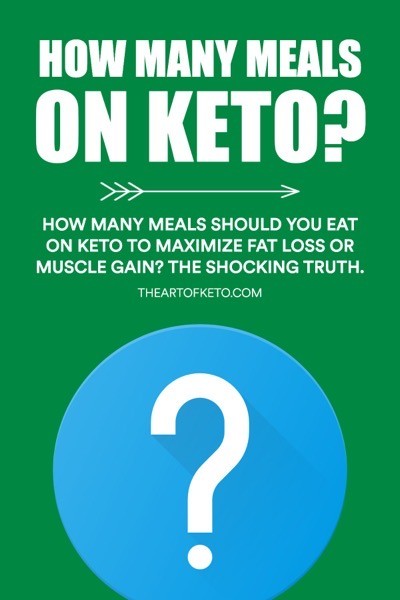
How Often Should You Eat On Keto?
How many meals one should eat has been a discussion for as long as I can remember. A few decades ago, intermittent fasting and eating only one or two meals a day was unheard of.
I even remember setting the alarm on my watch to remind me to eat every 2-3 hours, you know… because I had to feed the fire and keep my metabolism burning!
But with all the scientific literature we have today, I can safely tell you that it doesn't matter.
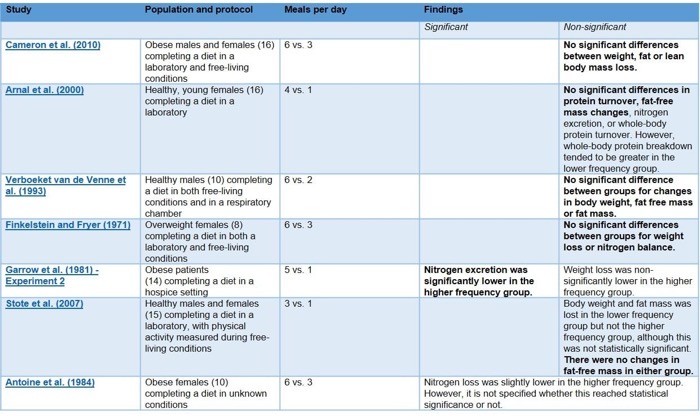
How often you should eat on keto or any other diet will not make a meaningful difference when it comes to weight loss. That means if you want to eat 2 meals or 4 meals, it doesn't matter.
What really matters is your total caloric intake at the end of the day.Granted, that doesn't mean that you eat 2 additional meals if you choose to eat 4 meals per day. For example, this means that the same two meals you would have eaten should evenly be distributed amongst four servings.
There may be reasons for larger meals less frequently for issues such as adherence and preference, but I'll get to that soon.
What you need to know is how many meals and how often you eat doesn't matter when it comes to weight loss.
Unless, of course, a specific meal frequency allows you to stick to your diet.
Does Eating Frequency Or More Often Increase Metabolism?
Eating 6 meals per day was a standard prescription for fat loss, and still is in many circles. The idea was that each meal increases your metabolic rate, so consuming more meals would increase your total daily energy expenditure (TDEE).
If your energy expenditure (calories out) is higher than your energy intake (calories in), you'll be in a negative calorie balance, and your body is then forced to burn its own energy, ideally from fat stores.
It is true that when you eat, your metabolic rate increases; this process is often referred to as the thermic effect of food (TEF). The thermic effect of food refers to the energy it takes for your body to digest, absorb, and utilize the food you eat.
However, the energy required (TEF) is proportional to the energy intake (calories) from your meal. Meaning, 2 large meals would result in 2 large spikes, while 6 smaller meals would result in 6 smaller spikes.Whether you split your same amount of calories and macros over 1 or 2 big meals or 4 to 6 smaller meals, the thermic effect of food would be nearly identical.1 2
Therefore, eating frequency or eating more often does not increase your metabolism any more than eating the same amount in fewer meals.
Does Eating Less Slow Metabolism
Since we know that it requires energy to digest, absorb, and utilize the food we eat (TEF).3 You can safely decide how many meals you want to eat based on preference.
But does eating less slow metabolism? Eating less does slow metabolism to a certain extent, and here's why.
It takes a certain amount of calories (energy) to digest a meal, but the amount of energy required is proportional to the number of calories you eat.
For simplicity's sake, let's assume that 10% of the calories you eat are burned through digestion.
That means if you ate 2,500 calories, approximately 250 calories would be used to digest the food you ate. If you ate only 2,000 calories per day, about 200 calories would be used to digest your food.
The net difference between eating 2,500 calories vs. 2,000 calories in our example was a 50 calorie increase in TEF for the 2,500.
So in that sense, your metabolism isn't as high, but it didn't necessarily slow down. It's just the price you have to pay if weight loss is your main focus at the moment.
While we can attenuate some of that loss through increased protein, which has the highest thermogenic effect compared to fat or carbohydrates, eating less is usually a necessity when it comes to weight loss.
Unless, of course, you like to do endless hours of exercise.
However, there may be reasons to eat more frequently if muscle gain is your primary focus, but I'll get to that soon.
How Many Times Should You Eat A Day To Lose Weight On Keto?
You know now that eating more often doesn't equate to a faster metabolism, so how many times a day should you eat to lose weight on keto?
While you may hate this answer, you should eat as many times as you want, and which fits your lifestyle.
Meaning, if you prefer to eat 2 bigger meals on keto over 5 smaller meals, then eat 2 bigger meals.
However, if you prefer smaller snacks throughout the day, then eating more frequently may be a suitable choice for you.
The most significant factor when choosing how many meals a day you should eat on a ketogenic diet is adherence.Ask yourself:
- How many meals a day is realistic and allows you to stick to your diet?
- Do you overeat when you eat smaller meals throughout the day?
- Does using intermittent fasting make you so hungry that it leads you to binge later in the day?
These are just a few things you should consider when choosing how many times you should eat a day on keto.
What's great about ketogenic diets is that they are notorious for suppressing hunger, which may lead you to fewer meals throughout the day. 4
Also, eating less often is associated with improved appetite control, according to a few studies. 5 On the opposite end, some studies suggest that more meals may equate to more hunger. 6
The bottom line is, the best approach will differ from one person to the next.
With total daily calories being the most critical factor, how many meals you choose to eat won't make too much of a difference.
How Many Times Should You Eat A Day To Gain Muscle On Keto?
When it comes to weight loss, meal frequency is low on the totem pole. However, in terms of muscle gain, there may be reasons why you should increase your meal frequency.
If you want a thorough explanation, I go over how to optimize your muscle gain best on a bulking diet during keto.
Since most people reading this are concerned with fat loss at the moment, here's the brief rundown on why you may want to eat more frequently if muscle gain is a priority.
There is a limit on how much protein the body can use in a single meal for muscle building. Notice, I didn't say how much your body can use, but how much it can use SPECIFICALLY for muscle building. 7
Specifically, when it comes to building muscle, your goal should be to increase muscle protein synthesis. If muscle protein synthesis (MPS) is greater than muscle protein breakdown (MPB), the net result is increased muscle.
However, there is an upper limit to how much muscle protein synthesis can be increased after a single meal, known as the muscle-full effect. 8 9
As in, once you go over a certain amount of protein, eating more will not increase MPS any further. For most individuals, the amount of protein will generally fall between 20 – 40 grams per meal.
Once MPS is maximally stimulated, it enters a refractory period where it cannot be stimulated any further before sharply dropping back down to baseline.
In the end, total intake still outweighs meal frequency, but it wouldn't hurt to at least split your protein intake into 3 or 4 meals.
Can You Eat As Much As You Want On Keto?
Somehow, over the last few years, there has been this demonizing of insulin and carbohydrates.
In all this confusion, many individuals, even those with various “medical credentials,” have perpetuated the false statement of calories don't matter.
While being on a low-carb or ketogenic diet does offer many benefits to individuals who are looking to lose weight, you don't simply lose weight by not eating carbohydrates.Numerous studies have attempted to test whether a low-fat or a low-carb approach was any more superior than the other, and all have failed to show any meaningful difference when calories and protein are equated for. 10
Different individuals respond differently to different diets, and for some, low-fat may work better than a low-carb or ketogenic approach.
Again, when it comes to picking a diet or lifestyle, adherence is still the number one priority.
However, ketogenic diets are known to suppress appetite. A ketogenic diet may suppress hunger to the point where you feel like you're eating as much as you want and still losing weight.
Still, don't confuse this with being able to eat as much as you want and even lose weight. There are still individuals, such as myself, who can quickly gain weight despite being on a ketogenic diet.
How Many Calories Can You Eat And Stay In Ketosis?
People often get confused by how or what is needed to get into ketosis.
First, ketosis is a metabolic state characterized by increased levels of ketones. Nutritional ketosis is said to occur once blood ketone levels reach at least 0.5 mmol/L as tested by a blood ketone meter.
How many calories you eat has no bearing on whether you reach and stay in ketosis. Establishing and maintaining a metabolic state of ketosis is established through carbohydrate restriction, not calorie restriction.Meaning, you can be in ketosis whether you eat 1,000 calories or 10,000 calories as long as you keep carbohydrates low enough.
This also means that achieving and maintaining ketosis is not predicated by fat intake. You DON'T NEED to eat high fat to get in or stay in ketosis. I explain why you may not want to overeat fat or always try to un-necessary hit your fat intake by drinking oil on keto if fat loss is a priority.
The Takeaway
The number of meals you eat, whether it be 2 or 6 will not matter as much as your total calorie intake for both fat loss or muscle gain.
Therefore, how many meals a day you should eat on keto should be based on preference and lifestyle with no amount of meals showing to be any more superior than the other.
Frequently Asked Questions
Can you eat two meals a day on keto?
There are no strict rules about the number of meals you should eat on keto. The most important factor is ensuring that you meet your macro nutrition requirement.
Can you eat after 7pm on keto?
Again, there are no restrictions on what time you should eat meals on a keto diet. The most important thing to consider is meeting all your macros.
Will one bad meal ruin ketosis?
It's definitely possible for one bad meal to take you out of your state of ketosis. That's why cheat meals are highly discouraged on ketosis.
